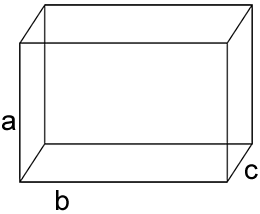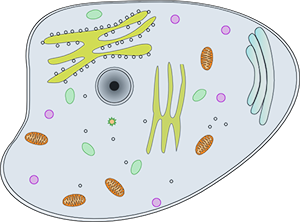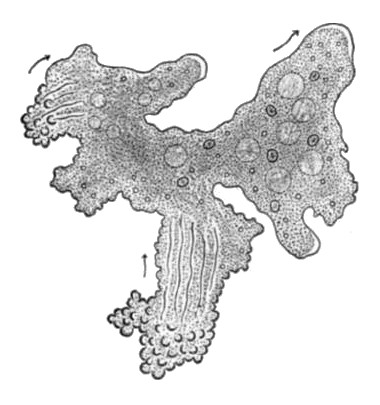Investigation: Cell Size and Surface Area to Volume Ratio
*Download as a Google Doc
Introduction:
The smallest objects that can be seen by the human eye are about 0.1 mm long. Some single-celled organisms are just big enough that you could see them. A human egg is about 0.12 mm in diameter. The vast majority of cells in your body and cells that form bacteria are too small to see without a microscope.
Usually, when a cell gets too large, it divides or stops growing. Cells remain small because all materials that are exchanged between the cell and its environment, like oxygen and glucose, must pass through the cell membrane. If materials cannot be exchanged efficiently, then the cell could die.
In this activity, you will explore how surface area and volume limit the size of cells.
Procedure
Your group will receive a box (tissue box, jewelry box, food box) and your task is to measure the surface area of the box, and also measure the volume of the box. Use a ruler to make all measurments in centimeters.
1. Measure the surface area by measuring the area of each side of the box and adding those numbers. Show your work below!
Surface area = 2 × a × b + 2 × b × c + 2 × a × c

2. Measure the volume of the box.
Volume= a × b × c
3. Calculate the Surface Area to Volume ratio.
SA / Volume
3. Compile Data - All of the boxes in the room are different sized. Order them in the front of the room, starting with the ones with the smallest surface area/volume ratio.
4. Summarize: What happens the SA/Volume ratio as the boxes get larger?
Analysis
Measure the surface area and the volume of each of the cubes below. Show your work!

| Box 1 | Box 2 | Box 3 | |
| Surface Area | |||
| Volume | |||
| SA/Ratio |
1. Consider the investigation question: “Why Are Cells So Small?” Use your data and observations from this lab to answer the question. Be thoughtful and thorough and provide evidence for your statement.
2. The amoeba is a single-celled protist that is found in pond water or lakes. The genus Chaos contains some of the largest individuals. Shown below is a representative of the species, Chaos carolinensis. Note that the shape of an amoeba is irregular. In fact, the word amoeba means "change." Amoebas move by stretching their cytoplasm into extensions called pseudopodia.
How could you measure the surface area of the amoeba shown?
How does the shape of the amoeba allow it to become much larger than other cells?
Image Credit (Amoeba): Henry Van Peters Wilson [Public domain or Public domain], via Wikimedia Commons
Cell Clipart: http://www.clipartpanda.com/categories/cell-clip-art
Teacher's note: I collect boxes from food, like mac and cheese, and any other box-shaped items. You can also make boxes out of construction paper using templates, like this one. Students can also view living or preserved slides of an amoeba to go with this activity.
HS-LS2-1- Construct an explanation based on evidence for how the structure of DNA determines the structure of proteins which carry out the essential functions of life through systems of specialized cells.
HS-LS1-2. Develop and use a model to illustrate the hierarchical organization of interacting systems that provide specific functions within multicellular organisms.


